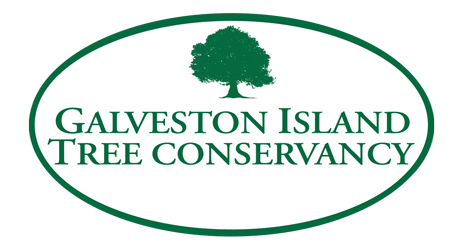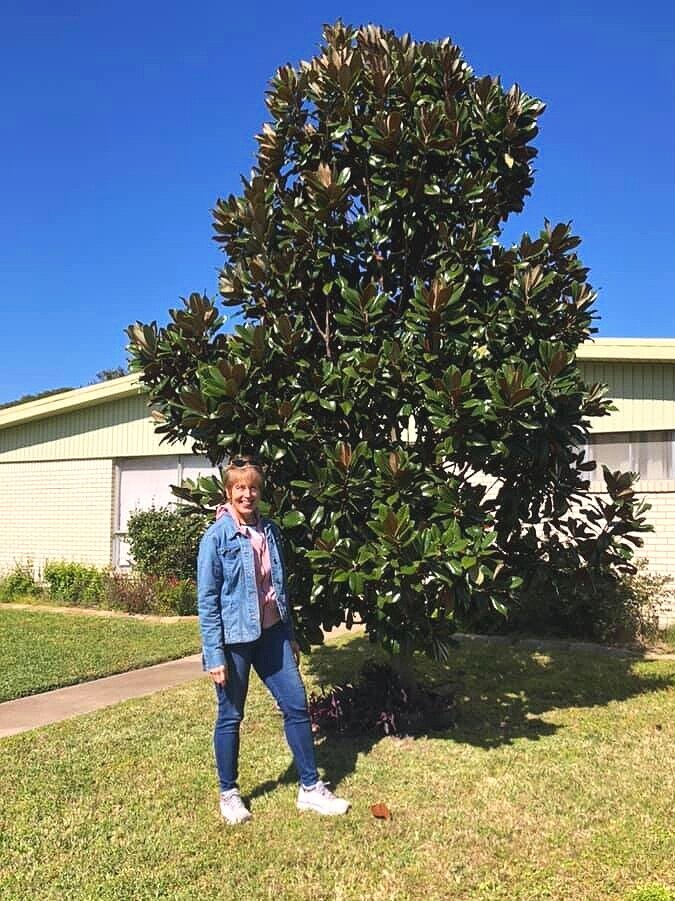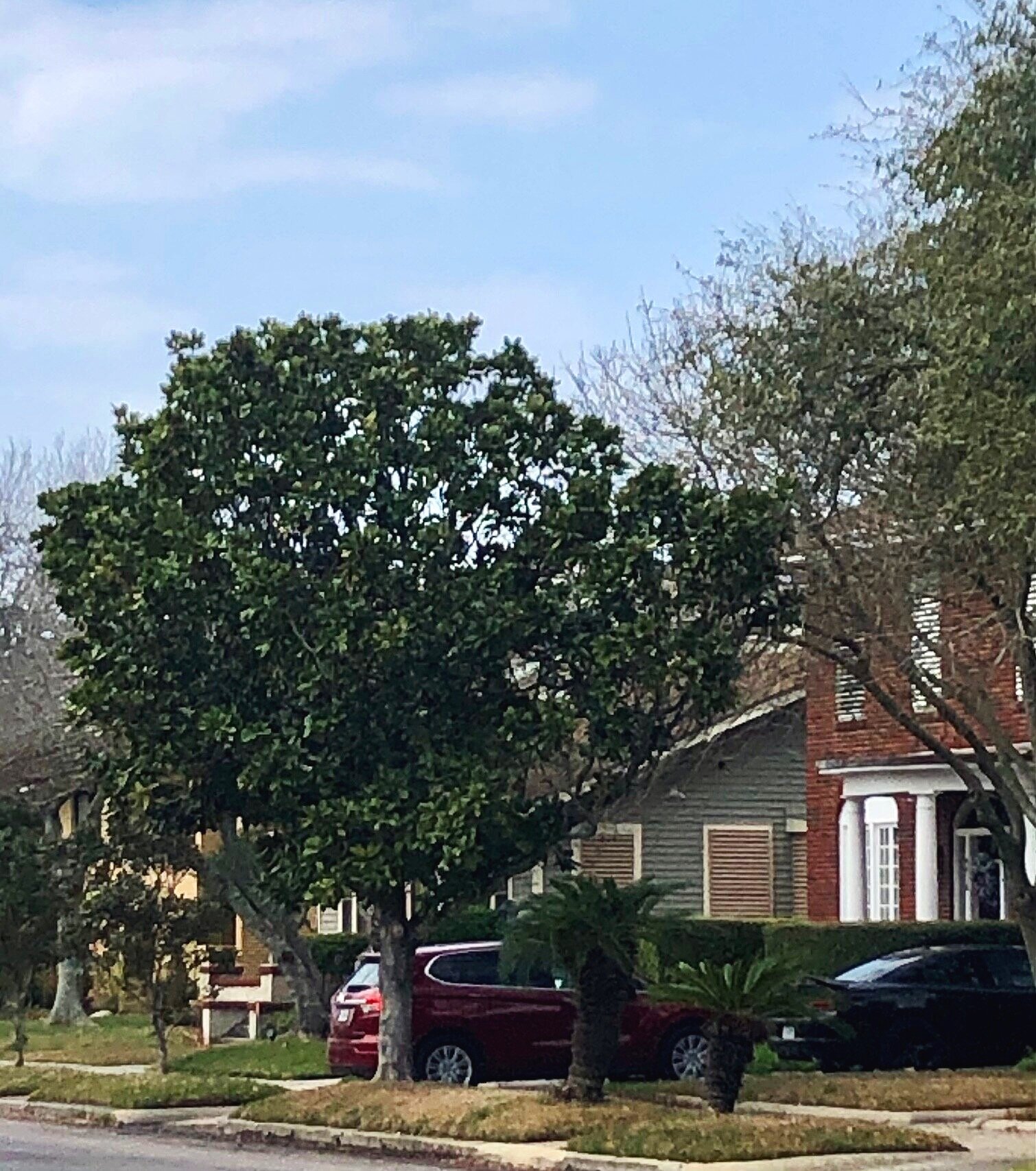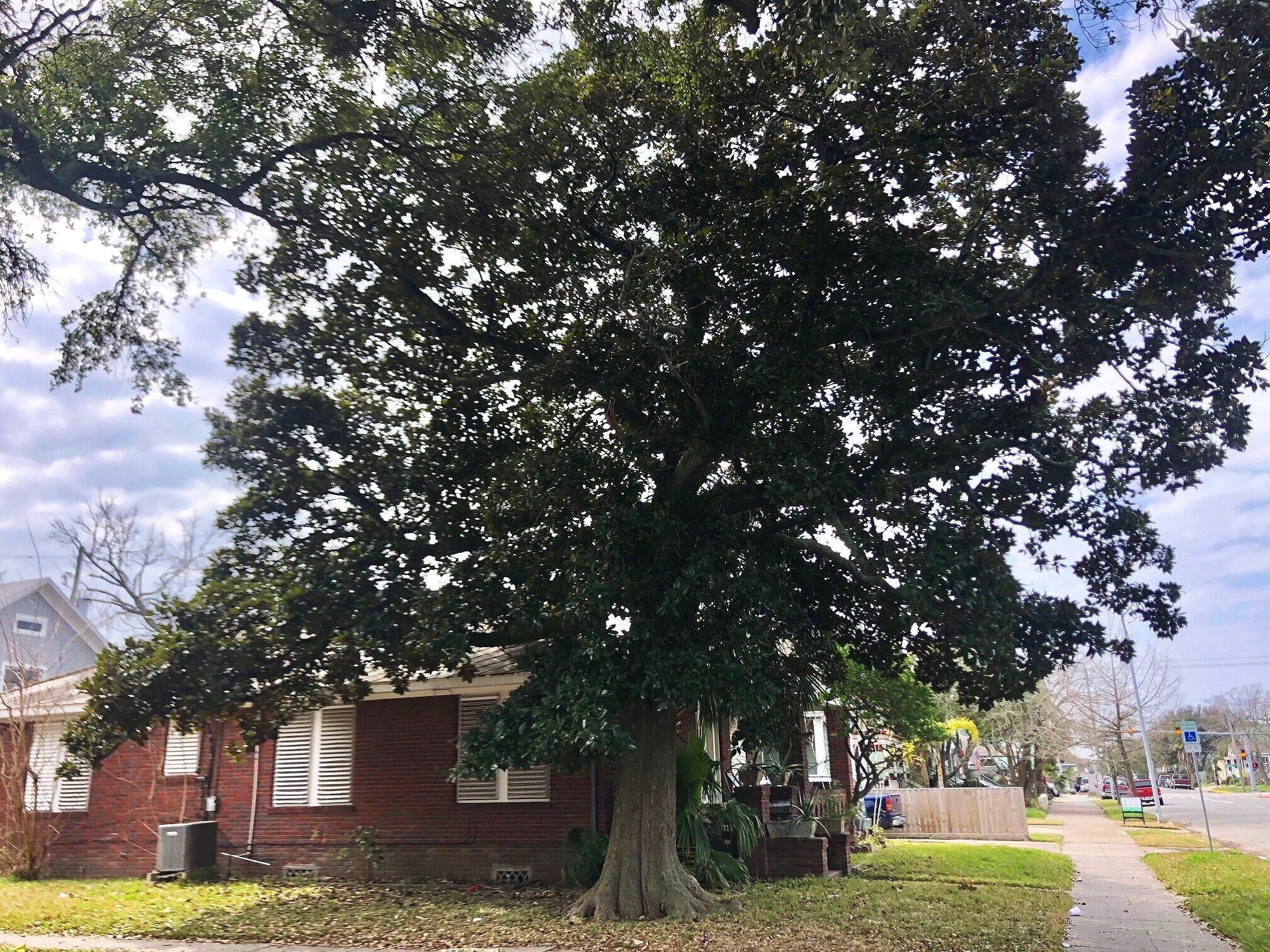Magnolia
Tree Stories: A Tree for all Seasons (Magnolia)
Spring is just around the corner, but the short, chilly days of winter have left only the “bones” of many of our trees showing. A notable exception is a local that stays green all year: the Magnolia, aka Southern Magnolia or Magnolia grandiflora. This tough broadleaf evergreen is native to the coastal plain of the southeastern US and thrives in Galveston. Check out the slide show below!
We usually associate the Magnolia with its magnificent and fragrant white blossoms--sometimes measuring a foot in diameter--which grace us spring and summer with their citrus scent. But at this time of year we admire the gorgeous, glossy green leaves.
We lost some of these beauties in Ike, but many survive and some were unaffected. They are visible all over town and you can view a remarkable example at 2620 52nd Street. The best estimate of its trunk circumference (measured at two feet above the ground) is close to 11 feet. The neighborhood was developed in the late 1950s and the tree has been there at least that long.
The Magnolia is prized for more than its beauty. Wildlife need the cover it provides as well as the bright red seeds which mature in fall. Florists use the leathery foliage. The leaves, fruits, bark and wood yield a variety of extracts with potential applications as pharmaceuticals. The hard, heavy wood is used in the construction of furniture, pallets, venetian blinds, and other items.
Magnolias are recommended for seashore plantings in areas that are windy but have little salt spray. The leaves have a waxy coating that makes them resistant to damage from salt and air pollution. Once established it is drought tolerant if it has room for root expansion, as roots can extend from the trunk to as far away as four times the width of the canopy. It can withstand moist conditions but does not like standing water. This moderately fast-growing medium-sized tree can thrive in heat and full sun if a moist, peaty soil is available, and will also do well in partial shade. Under ideal conditions it can reach from 60 to 80 feet in height, with a spread of 30 to 50 feet, with a pyramidal crown.
So well-suited to the Island is the Magnolia that the Tree Conservancy recently planted a “Little Gem” variety as the “Juneteenth Tree” in Jack Johnson Park on 26th and M. This 'small' to 'medium' variety is pyramidal in growth habit and is often used for screens and in tight places. Planting during winter provides time for the tree to establish the root system prior to the onset of our scorching and often-dry summer. “Neighborwoods” plantings of streetside trees in recent years have included many Magnolias.
Downsides to using this durable ornamental can include the heavy leaves, potentially messy fruit, and roots that may block septic lines. Take a look at Magnolias around the Island and you will surely agree that the benefits are significant. Many thanks to those who care for these magnificent trees!
Hurricane Ike caused the loss of 40,000 trees on Galveston Island. The Galveston Island Tree Conservancy was formed to address that loss and to date has replaced almost 13,000 through grant-funded plantings and giveaways, with more planned. “Tree Stories” is an ongoing series of articles intended to bring attention to outstanding Island trees, tree care, and tree issues. If you have or know of a special tree on Galveston Island that should be highlighted, please email treesforgalveston@yahoo.com. Margaret Canavan is a Galveston resident, a Galveston County Master Gardener, and a member of the Conservancy Board.












